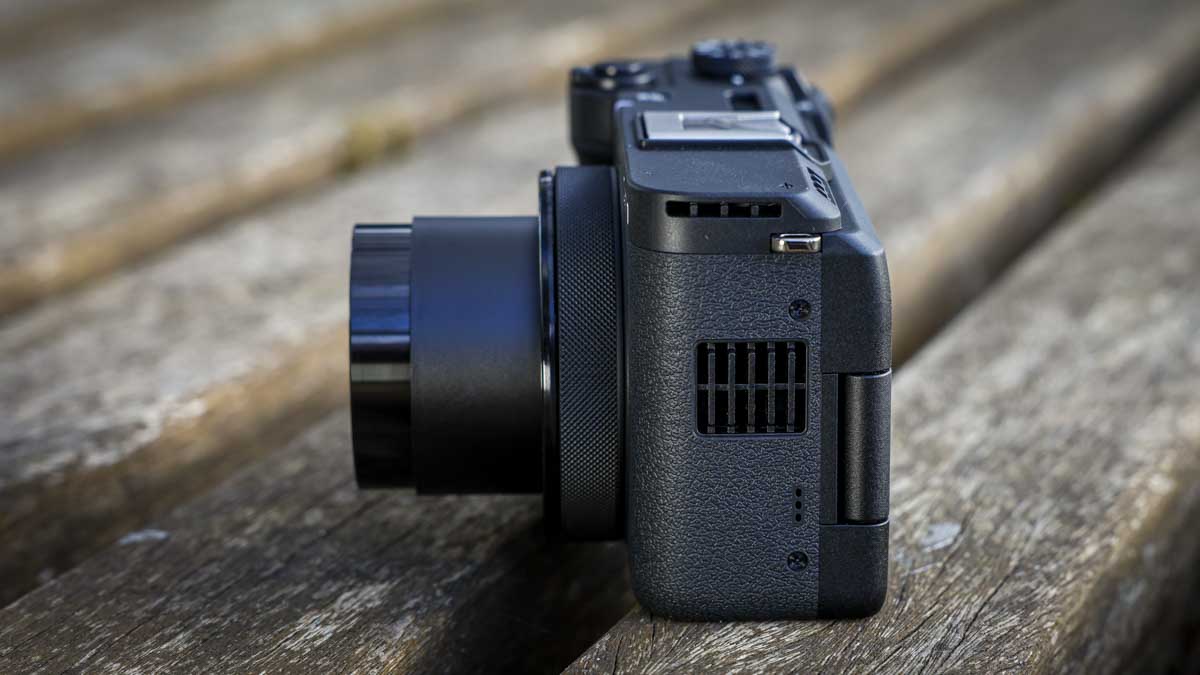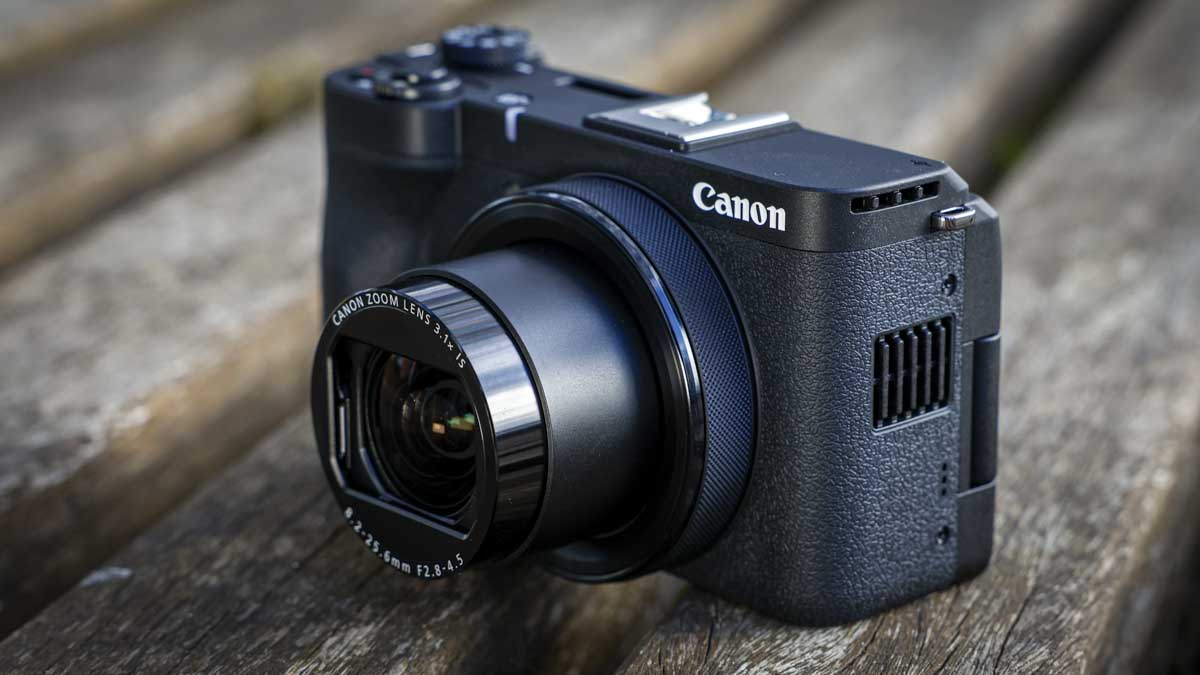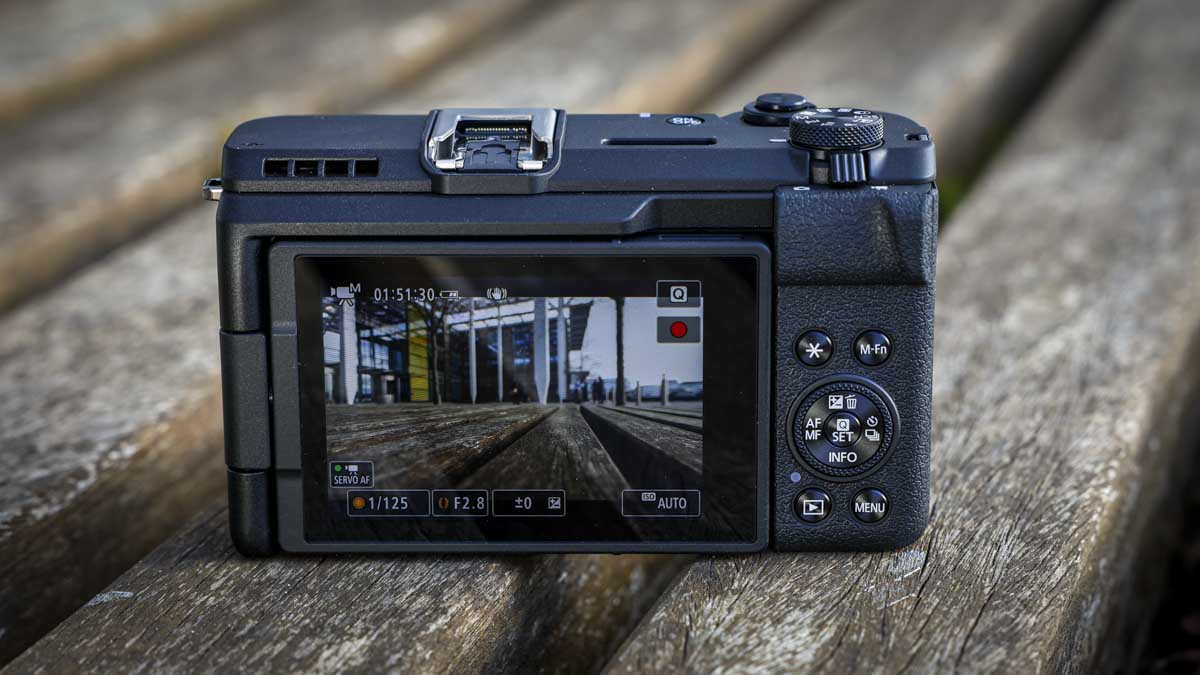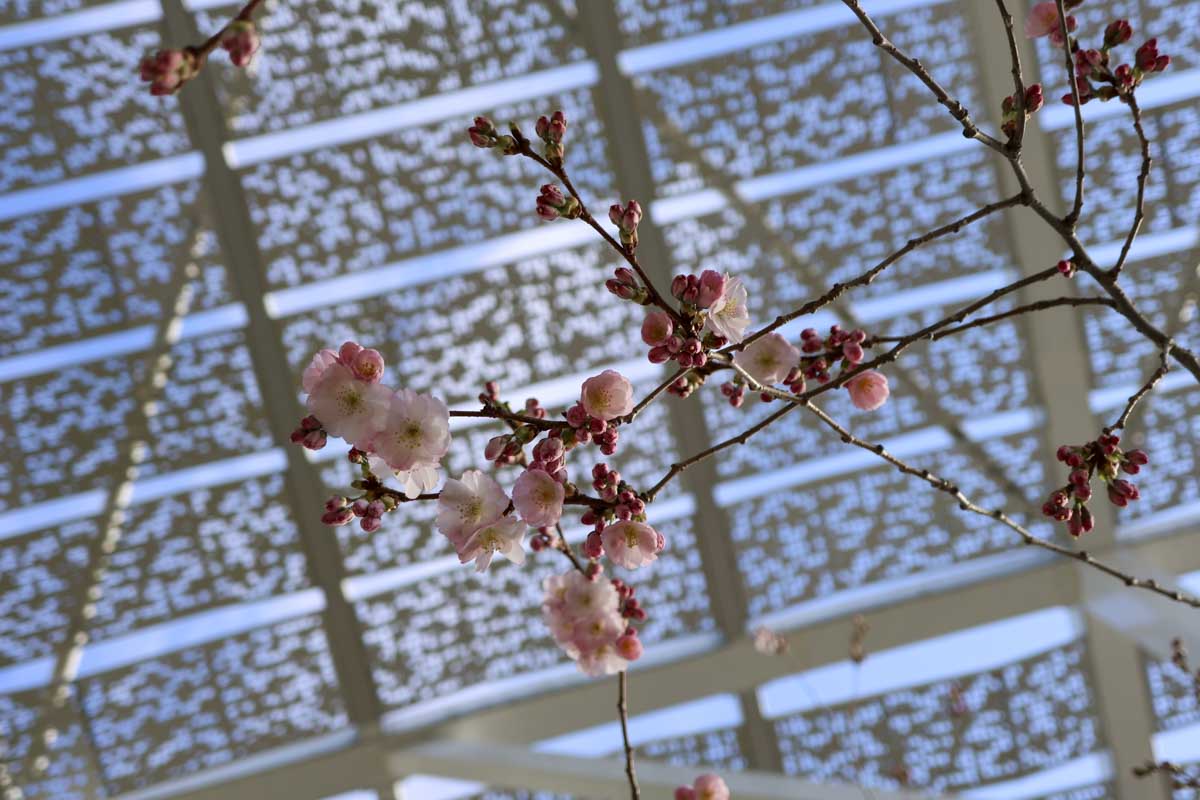The PowerShot V1 is Canon’s newest premium compact camera, designed as a successor to the aging G7 X Mark III. While the G7 X line was popular with vloggers and travelers alike, it hadn’t seen a major update since 2019. The V1 brings that concept firmly into the modern content-creator era and is set to compete with the Sony ZV-1, and I was lucky enough for a Canon PowerShot V1 hands-on review pre-launch.
The Canon PowerShot V1 launched at the same time as the Canon EOS R50 V and you can read the full hands-on review of that here.
It retains a smallish, easy-to-carry footprint that made the G7 X and M series cameras so popular, but its internal feature set is far more advanced. Canon has aimed it squarely at hybrid creators—people who want a pocket-sized camera that can handle both photo and video work with equal confidence.
The camera is built around a fixed zoom lens that covers a 16–50mm equivalent range. This offers useful coverage for wide to mid-telephoto compositions, making it ideal for video, lifestyle content, and street photography. While it won’t satisfy those who need long telephoto reach, it’s a logical choice for a general-purpose compact.

Physically, it measures 118.3 x 68 x 52.5mm and weighs in at just 426g. That puts it easily in jacket-pocket territory and makes it a good option for travel or everyday carry. Despite the compact size, it still features a 1.4-inch CMOS sensor—larger than what you’d find in most smartphones or point-and-shoots—which should deliver stronger image quality, particularly in low light.
One particularly useful inclusion is Canon’s multifunction hot shoe, this is the latest 21-pin connector that enables allows for a variety of accessories, from advanced flash units to digital microphones. It won’t support older five-pin accessories.
The PowerShot V1 also includes a UHS-II SD card slot, uses USB-C for charging and file transfer, and supports micro HDMI out. In short, it’s a compact camera, but not a basic one.








 Manual controls are also present. The mode dial includes full manual exposure (M), plus aperture and shutter priority modes (Av, Tv), Program mode (P), and two custom settings. Whether you’re new to camera operation or already confident with exposure settings, the V1 has something to offer.
Manual controls are also present. The mode dial includes full manual exposure (M), plus aperture and shutter priority modes (Av, Tv), Program mode (P), and two custom settings. Whether you’re new to camera operation or already confident with exposure settings, the V1 has something to offer.





